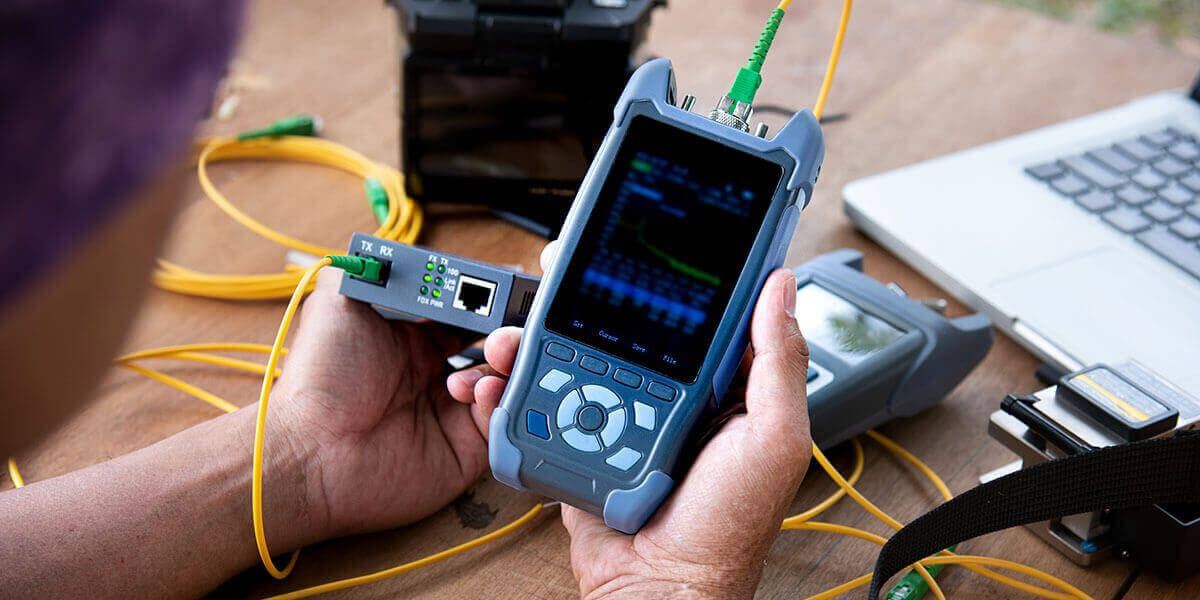This course is designed for telecommunication technicians who are looking to work on nbn
Fibre to the curb(FTTC) network. After completing this course telecommunication workers achieve nbn enable skills 1,2 ,3, 5 and 16.
This course describes the skills and knowledge required to jumper metallic conductor cable in access network
cabinets or exchange distribution frames. It applies to new or existing jumpering for upgrades or network
cabling rearrangements for convergence to next generation networks (NGN).
It applies to lines workers, technicians or jointers who carry out technical roles involving indoor and outdoor distribution frame jumpering. All jumpering in access network distribution cabinets must be conducted by
workers who have been authorised by the network owner or carrier to undertake the work involved.
This course also describes the skills and knowledge required to use systematic and logical fault-finding
techniques according to all safety requirements and work practices.
This course also describes the skills and knowledge required to joint metallic, conductor cable on the service provider side of the network boundary in communications applications, including digital and analog,
telephony, data, video, digital broadcasting, computer networks, local area networks (LANs), wide area
networks (WANs) and multimedia.
It also applies to individuals working in technical roles who joint metallic conductor cable for indoor and
outdoor installations on new installations and cable upgrades, and maintain infrastructure in domestic,
commercial and industrial situations for service providers and asset owners.
This course also describes the skills and knowledge required to install aerial cables in customer and access
networks. It involves installing, terminating and securing cables. Aerial cable installation may be for a new
cable, a cable upgrade,or a cable in need of repair.
It applies to telecommunications lines workers and line installers who use support anchors and catenaries for
new installations and upgrades, or to maintain existing networks in domestic, commercial and industrial
installations to deliver services in x-digital subscriber line (xDSL), fibre to the X (FTTx) and hybrid fibre coaxial(HFC) networks.
Duration and delivery mode: This course will be delivered in 4 face-to-face full days training sessions at one of the MILCOM training centres or at a mutually convenient and suitable location, for a sufficiently large group of participants.
Learning Outcomes
After successfully completing this course, you will be able to
- Plan, prepare, carry out and finalise jumpering activity
- Prepare, install, Terminate, seal and secure aerial cable
- Construct aerial to underground transition
- Joint metallic conductor cable for access network
- Protect and alarm cable
- test telecommunications networks to identify faults
- identify and rectify recurrent faults
- conduct and report on a fault-finding task in a telecommunications network
- use systematic and logical fault-finding techniques in telecommunications networks and field-testing
procedures
For successful completion of this course, you need to complete and demonstrate competency in fours units of competency:
ICTCBL320 – Jumper metallic conductor cable in the access network;
ICTTEN313 – Work on and resolve recurrent network faults;
ICTCBL254 – Joint metallic conductor cable in access network;
ICTCBL250 – Haul and fix aerial cable
On successful completion, the student can gather and enable accreditation for skills 1,2,3,5 and 16






